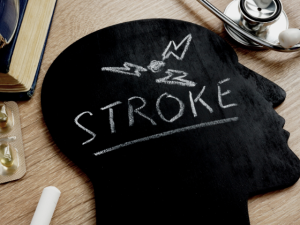A Case Study
A 56-year-old man with a history of atrial fibrillation on Coumadin arrives in your emergency department (ED) 90 minutes after the sudden onset of aphasia, left-sided weakness, gait imbalance and a decreased level of consciousness. The STAT non-contrast head CT is consistent with an acute left middle cerebral artery ischemic stroke. There was no hemorrhage.
With no contraindications, the patient is a candidate for tissue plasminogen activatoral (tPA) administration (thrombolytic therapy). Fifteen minutes after arrival, a complete blood count (CBC) and coagulation studies were still pending. To speed up treatment, the ED physician wrote for intravenous (IV) tPA.
Unlike high-volume emergency departments that have dedicated stroke teams and use bundled tPA administration kits, which include order forms, inclusion and exclusion criteria, and the medication, the pharmacy placed the medication at the bedside.
A second ED nurse reads the order and administers the tPA bolus. Within minutes, the INR resulted at 4.9, an unequivocal contraindication to thrombolytic therapy. The outcome for this patient is catastrophic bleeding.









